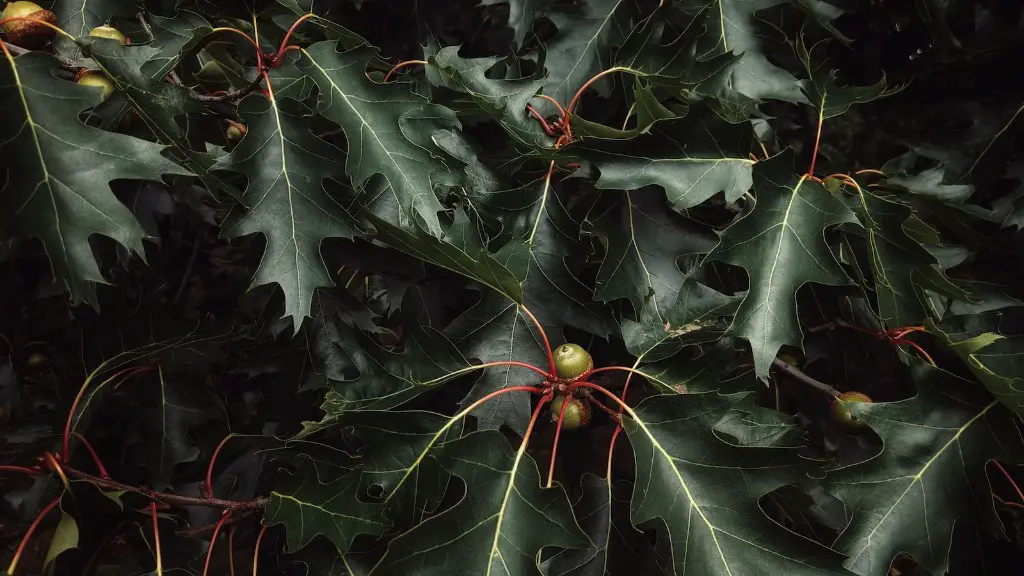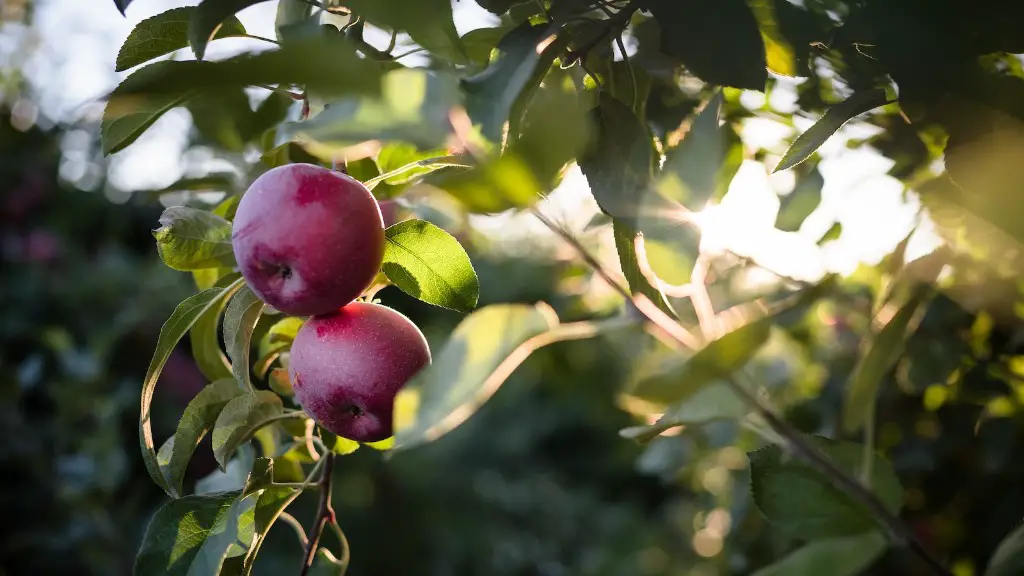How to Feed an Avocado Tree
Avocado is a fruit that has become popular in recent years for its creamy and delicious flavor. But how does one go about raising a healthy and productive avocado tree? This article will give you the information you need to grow the best avocado tree you can, with avocados that are the envy of your neighbours.
The first step to feeding an avocado tree is to understand the kind of fertilizer that the tree needs. Avocado trees require nitrogen, phosphorus, and potassium, all of which can be found in an Avocado Fertilizer mix. This mixture will also include other essential minerals, such as iron and magnesium, which are also important for the growth of your avocado tree. Once you have the right fertilizer, you’ll need to know how often and how much to feed your avocado tree.
The amount of fertilizer you use should depend on the age, size, and health of your tree. A mature avocado tree should receive around one pound of fertilizer every three months and a young tree should receive half of that amount. Once you have the correct amount of fertilizer and it is applied, then you’ll need to water the soil around the tree. Watering should be done twice a week, allowing the soil to become damp but not saturated. This will help the fertilizer get to the roots of the tree and provide the nutrients it needs to grow.
You may also want to add an organic mulch to the soil around your avocado tree. This will help to retain moisture, reduce weeds and give the avocado tree additional nutrients. While the mulch can be organic, it’s best to look for one that contains a mix of organic materials, such as leaves, grass clippings, hay, and compost. The mulch should be applied up to four inches thick and should be kept away from the trunk, leaves, and flowers of the tree.
Finally, you’ll need to keep an eye on the health of your avocado tree. Regular watering, fertilizing and mulching will help the tree stay healthy and productive, but you should also look for signs of diseases or pests. Any signs of these issues should be addressed quickly, as they can cause serious damage to your tree if left untreated.
Prune an Avocado Tree
One of the important steps in keeping an avocado tree healthy and productive is pruning. Pruning can help to promote growth and also make the tree more aesthetically pleasing. When pruning an avocado tree, you’ll want to begin with the smaller branches and slowly work your way up to the larger branches. Be sure to cut back at least one-third of the branch, leaving enough branch material to be able to form a new growth bud.
It’s important to remember that the goal of pruning is to enhance the shape and structure of the tree. You may also want to consider removing dead, diseased, or damaged branches, as this will help encourage healthy growth. In addition, you may want to thin the crown of the tree, which will help to reduce the number of competing branches and allow more light and air to reach the remaining branches.
It’s also important to remember to use the right tool when pruning your avocado tree. A professional arborist may be able to provide the appropriate pruning tools, such as pole pruners, handsaws, and loppers. Some tools, such as pole pruners, may require special training before you attempt to use them.
Pruning your avocado tree can be beneficial, but it’s important to remember to do it in a way that does not damage the tree. Pruning too much or too often can lead to reduced growth and can also cause stress to the tree. If you’re not sure how to prune your tree, it’s best to seek advice from an experienced arborist before beginning the pruning process.
Harvest an Avocado Tree
Harvesting your avocado tree when the fruits are ripe can make for a tasty and satisfying harvest. The first sign that the avocados are ripe is the change in color. As the fruit gets riper, the color will start to turn from green to either black or purple. The fruit should also start to feel soft when gently squeezed.
The best time to harvest your avocados is during the morning hours when the tree is cool and dry. This is when the fruits have the most sugar and will have a sweeter and richer flavor. Once you have harvested the fruit, be sure to handle it delicately as it is prone to bruising. The fruit can also deteriorate quickly if it isn’t stored properly, so be sure to check the instructions on how to store avocado.
Depending on the size of your tree and how much fruit it produces, it may be best to use the services of a professional harvester. Professional fruit harvesters can collect and sort the avocado fruits with greater efficiency and without damaging the tree. Additionally, a professional harvester will be able to ensure that the fruits are properly and safely stored after they’re harvested.
Harvesting your avocado tree can bring great satisfaction and also add a delicious source of nutrition to your diet. Use the information provided in this article to help you properly harvest and store your avocados and enjoy the fruits of your labor.
Plant and Prune an Avocado Tree
When you are ready to start growing your own avocado tree, there are a few steps you will need to take to ensure success. The first step is selecting the right type of avocado tree to plant. There are many varieties of avocados to choose from, so it is important to decide which one will best suit your needs. When selecting a tree, look for one that is resistant to disease and balanced in size.
The next step is to plant the tree in an area with full sun and well-drained soil. Avocado trees do not do well in standing water, so be sure the soil is able to drain properly. Additionally, make sure the soil is not too dry, as this can lead to malnourishment and other problems. Dig a hole that is twice the depth and width of the root ball and add compost to help with drainage and nutrients in the soil.
Once your avocado tree is planted, you will need to prune it to promote healthy growth and encourage fruiting. Pruning should begin when the tree is young and should be done once or twice a year. When pruning, remove any diseased or damaged branches and prune any upward growing branches so that the tree has an even shape. Additionally, light pruning of the lower branches and trunk can help promote better air circulation and light penetration.
Following the steps outlined in this article can help you achieve success when planting and pruning an avocado tree. With proper care and maintenance, your avocado tree will produce sweet and delicious fruits for years to come.
Fertilize an Avocado Tree
Fertilizing an avocado tree is essential for ensuring healthy growth and abundant fruit production. Different avocado trees require different amounts and types of fertilizer, so it is important to understand the needs of your specific tree. Generally, avocado trees require nitrogen, potassium, and phosphorous, which can all be found in an avocado fertilizer mix.
The amount of fertilizer will vary depending on the age, size, and health of your avocado tree. In general, a mature tree should receive one pound of fertilizer every three months, while a young tree should receive half of this amount. Additionally, the fertilizer should be applied evenly around the tree, avoiding contact with the trunk and leaves to avoid burning or other damage.
Once you have applied the fertilizer, it is important to water the soil to ensure the nutrients get to the roots. Watering should be done twice a week, deep enough that the soil becomes damp but not saturated. Avoid overwatering as this could lead to root rot. It is also important to ensure that the soil does not stay too dry as this can lead to malnourishment and other problems.
Fertilizing your avocado tree on a regular basis will help to ensure that it has the nutrients necessary to grow much of the most delicious and nutritious fruit. With the proper care and maintenance, your avocado tree will be the envy of your neighbours.
Protect an Avocado Tree
Protecting your avocado tree from disease and pests is essential for ensuring healthy growth and plentiful fruit production. The first step in protecting your tree is to provide it with well-drained soil and full sun. This will help ensure that the tree has the environment it needs to stay healthy and productive.
You should also look for signs of disease and pests, as these issues can cause serious damage to the tree if left untreated. Common signs to look for include yellowing leaves, wilting branches, or damage to the trunk. If you are unsure about diagnosing pest or disease problems, it may be best to consult with an experienced arborist.
In addition, you may want to apply an organic pesticide and foliar fertilizer to your tree if signs of pests or disease are present. These treatments can help to reduce and even prevent the spread of harmful organisms. Additionally, you may want to consider surrounding the tree with a protective mesh that can help deter animals such as squirrels and birds.
By following the steps outlined in this article and providing your tree with the right care and maintenance, you can keep your tree healthy and productive for years to come. For the best flavor and nutrition, be sure to protect your tree against pests and disease.



